Greenland’s icecap melting faster than thought
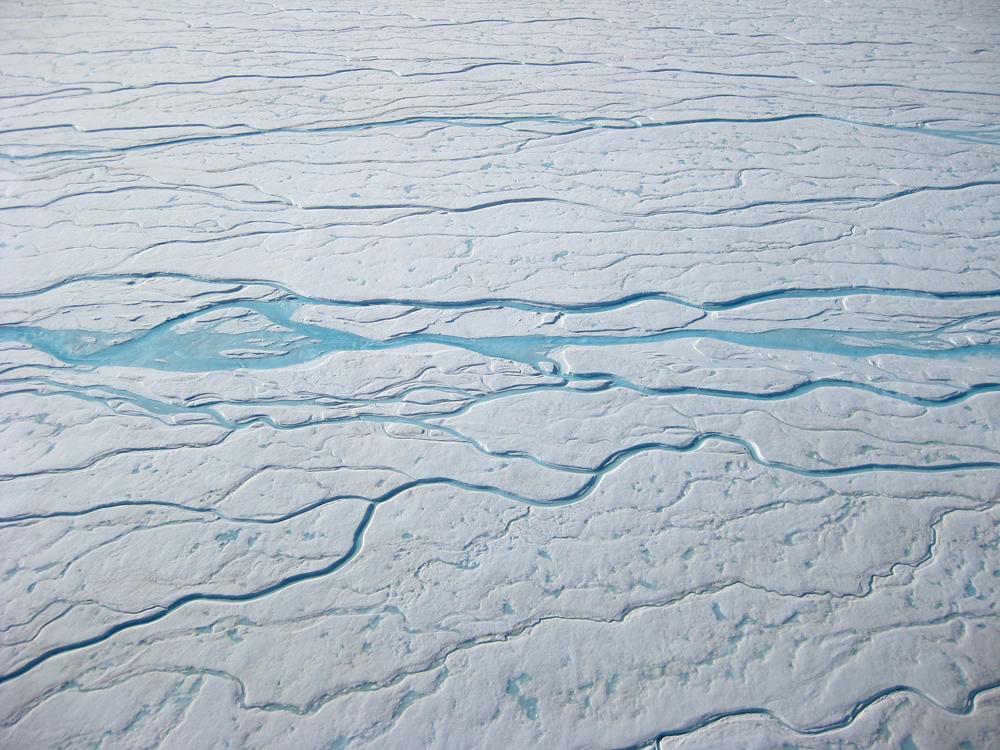
The Greenland ice sheet, thought to act as a sponge for glacier meltwater, could be losing its ability to act as a buffer to rising sea levels, international and Swiss scientists have found.
Researchers from Denmark, the United States and the University of Zurich travelled to Greenland to investigate the impact of recent atmospheric warming on the structure of near-surface snow and ice layers, known as firn. This layer can be up to 80 metres thick in places.
They found that the meltwater is being released faster than previously anticipated.
“Basically our research shows that the firn reacts fast to a changing climate. Its ability to limit mass loss of the ice sheet by retaining meltwater could be smaller than previously assumed,” said Horst Machguth, lead author of the study by the University of Zurich, in a statement.External link
The results have been published in the January 4 edition of the journal Nature Climate ChangeExternal link.
Ice lenses
Earlier research has shown that the firn layer acts like a sponge. It stores meltwater percolating down into the firn from the surface in what are referred to as “ice lenses”.
During three expeditions on the ice sheet, scientists drilled numerous 20 metre-deep cores to sample the firn, also targeting sites where similar cores had been drilled 15 to 20 years ago.
They found that cores drilled at lower elevations indicated that the exceptional amounts of meltwater had formed a surprisingly massive ice layer directly below the ice sheet surface.
“It appears that the intensive and repeated entry of meltwater formed numerous ice lenses, which ultimately hindered percolation of further meltwater,” explained Dirk van As, a co-author of the study from the Geological Survey in Denmark and Greenland.
As a result, the many small lenses grew to form an ice layer of several meters in thickness that acts as a lid on top of otherwise sponge-like firn. Radar measurements identified that this layer was continuous over dozens of kilometres.
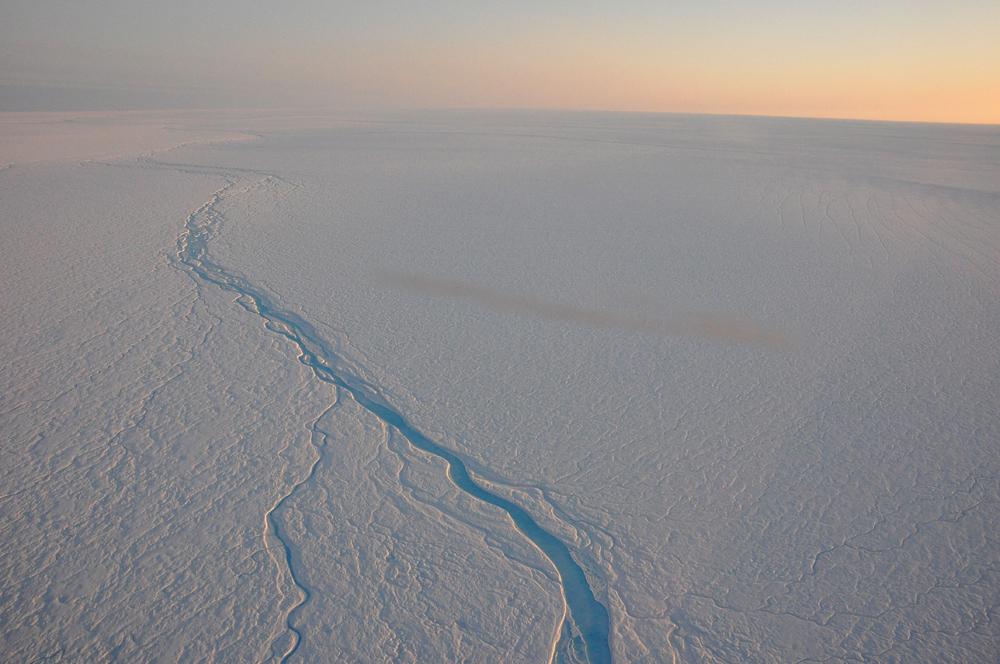
‘Rivers’
New meltwater hitting that lid of ice was unable to percolate into the firn and remained at the surface. Satellite imagery shows that the water prevented from percolating collected at the surface, where it formed rivers that flow towards the margin of the ice sheet.
“In contrast to storing meltwater in porous firn, this mechanism increases runoff from the ice sheet,” added Mike MacFerrin, second-author of the study and a researcher at the University of Colorado at Boulder in the statement. “This process has not previously been observed in Greenland. The total extent of this ice lid capping the ice sheet firn remains unknown. For this reason, the amount of additional ice sheet runoff associated with this newly observed process cannot yet be quantified.”
However, similar changes in firn structure have already been observed in the Canadian Arctic, which leads to the conclusion that this phenomenon could be widespread, observed the statement.

In compliance with the JTI standards
More: SWI swissinfo.ch certified by the Journalism Trust Initiative
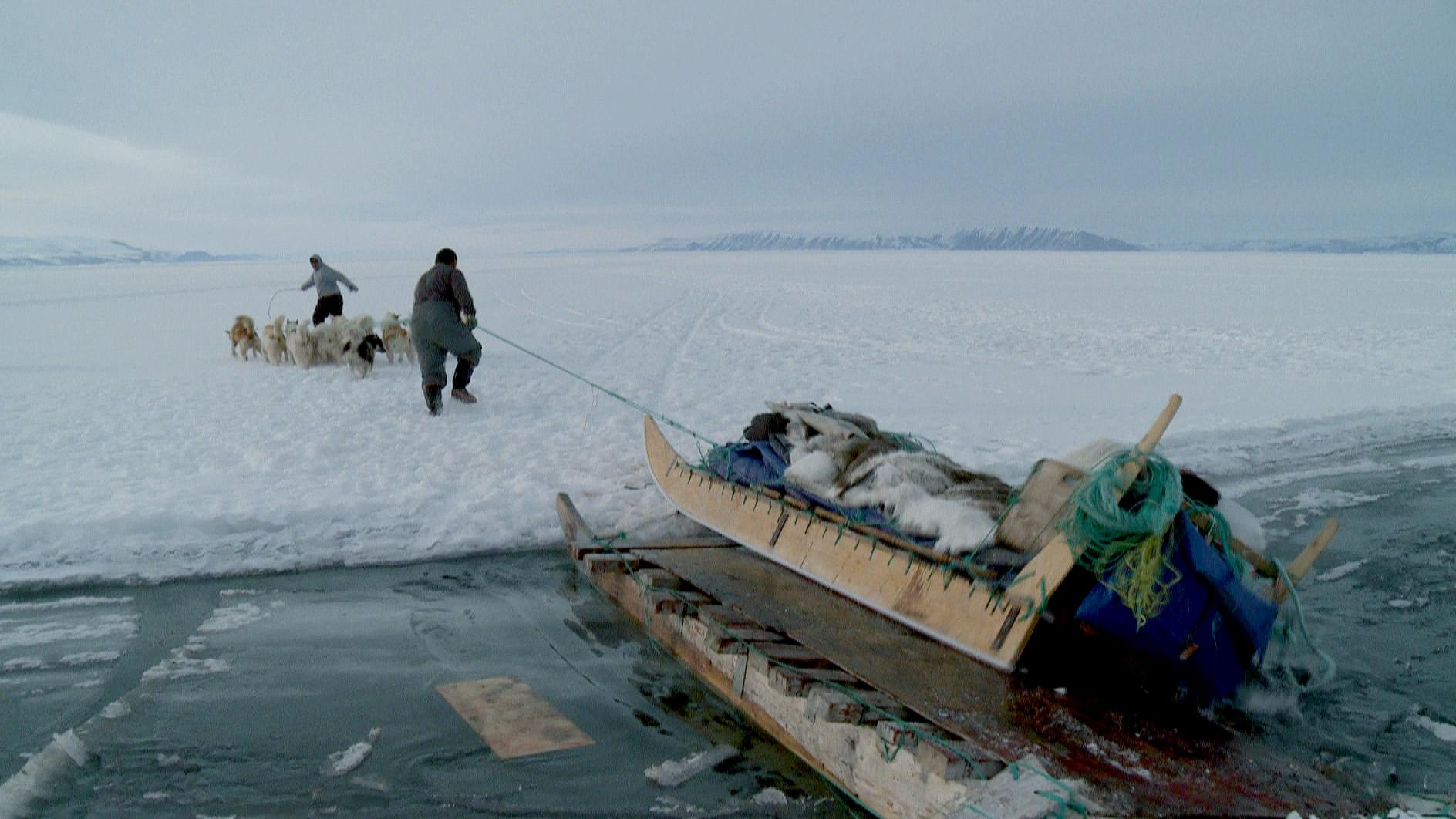
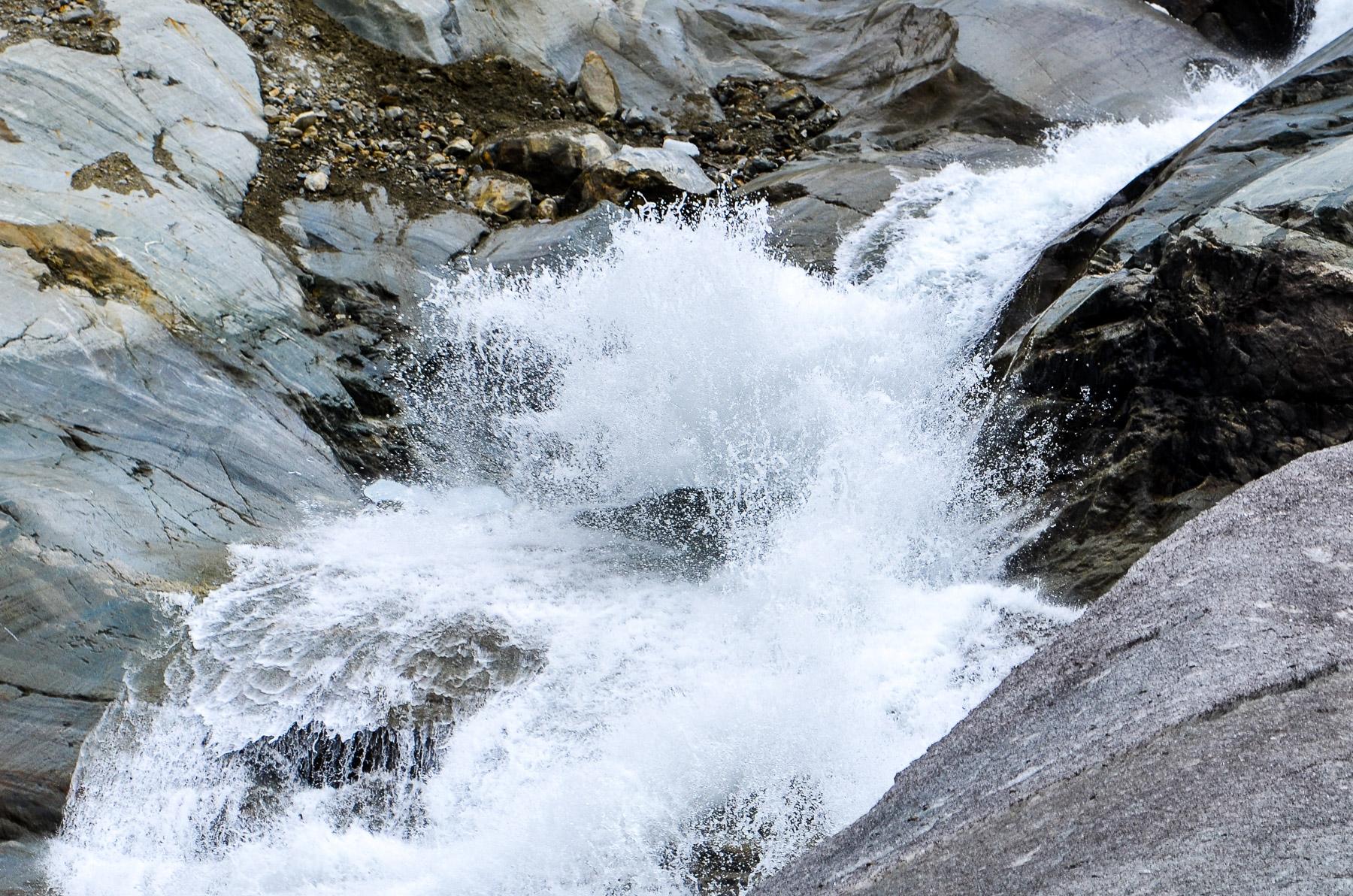
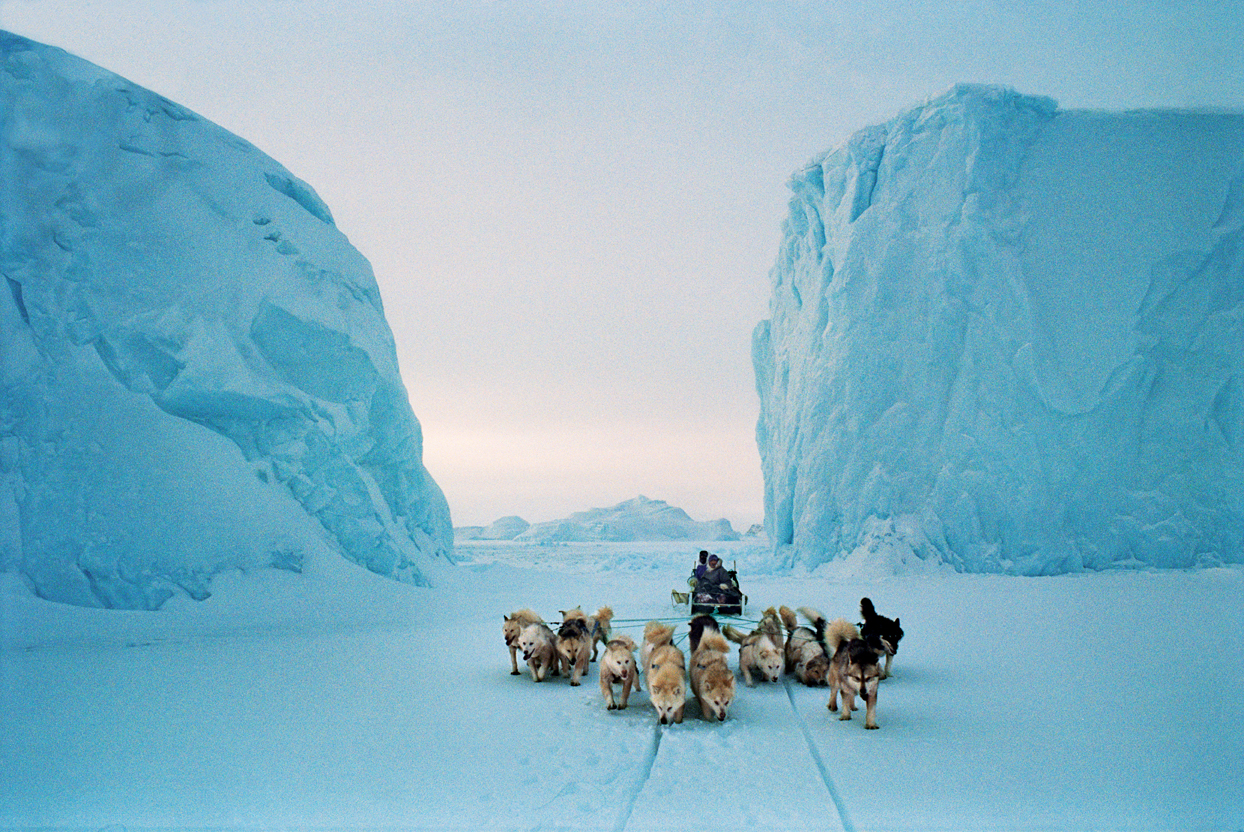
You can find an overview of ongoing debates with our journalists here. Please join us!
If you want to start a conversation about a topic raised in this article or want to report factual errors, email us at english@swissinfo.ch.